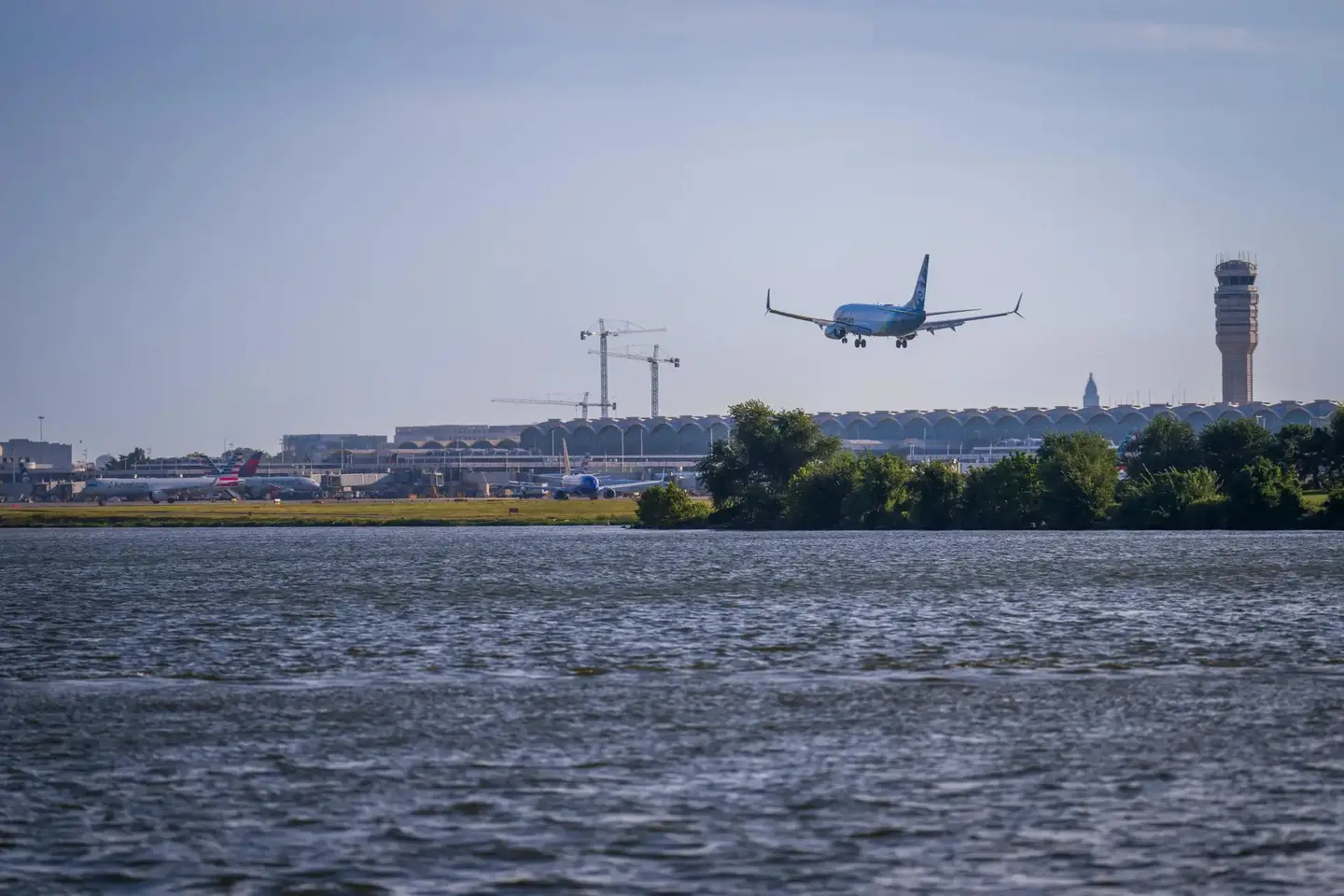
All aboard this de Havilland Beaver died in the accident. Courtesy Danny Hoggard
The National Transportation Safety Board (NTSB) yesterday released the preliminary report of its investigation into the May 13, 2019, mid-air collision approximately seven miles northeast of Ketchikan, Alaska between a float-equipped de Havilland DHC-2 Beaver and a float-equipped de Havilland DHC-3 Turbine Otter.
The DHC-2’s commercial pilot and four passengers were fatally injured and the DHC-3’s certificated airline transport pilot received minor injuries, while nine of the Otter passengers sustained serious injuries and one passenger received fatal injuries. Visual meteorological conditions prevailed in the area at the time of the accident.
The NTSB said the May 13 midair was, “one in a string of recent accidents involving for-hire aircraft.” Both aircraft were operating under FAA Part 135 which governs business and charter flights as was another aircraft that crashed Tuesday in Alaska and a helicopter that crashed in Hawaii April 29.
Both airplanes were based at the Ketchikan Harbor Seaplane Base (5KE), and both were returning to 5KE at the time of the accident. According to information provided by both operators, the purpose of both flights was to transport passengers to Ketchikan from the Misty Fjords National Monument area located about 30 nm northeast of Ketchikan.
Preliminary flight track data revealed the DHC-3 was traveling southwest about 3,700 ft. msl and gradually descending at 126 knots when it crossed the east side of the George Inlet. The DHC-2 was traveling west/southwest about 3,350 ft. msl at 107 knots when it also crossed the east side of the George Inlet. The airplanes collided about 3,350 ft. msl near the west side of the George Inlet, east of Mahoney Lake when data signals were lost.
The DHC-3 pilot stated the flight from the Misty Fjords area had proceeded normally and he had descended and was maneuvering to show passengers a waterfall near Mahoney Lake when the collision occurred. He had not observed any potential conflicting traffic on his flight display that included Automatic Dependent Surveillance Broadcast (ADS-B) system data. He last recalled looking at his ADS-B display when he was flying over Carroll Inlet.
Just prior to the collision, he saw a flash from his left side and experienced a large, loud impact. According to the pilot, the DHC-3 airplane then rolled right and pitched about 40 degrees nose down toward the water in George Inlet. He said he was able to maintain some control of the aircraft prior to impacting the water about five seconds after the collision. The pilot said some passengers and bystanders helped the passengers of the DHC-3 evacuate the airplane and move to the shore.
The DHC-2 airplane broke up in-flight after the collision. The wreckage was scattered over water and mountainous tree-covered terrain northeast of Mahoney Lake on the west shore of George Inlet. The main wreckage included the floats, engine, firewall, instrument panel, lower fuselage structure, and right fuselage structure ended up in saltwater near the mouth of Mahoney Creek. The debris field was about 2,000 ft long by about 1,000 ft wide and contained separated fuselage, empennage, and cabin structure.
Neither airplane was equipped, nor was required to be equipped, with a crashworthy flight data or cockpit voice recorder. Several avionics components and personal electronic devices were recovered from the wreckage areas. These components and devices were shipped to the NTSB’s Vehicle Recorders Laboratory, Washington, D.C. for further examination.
The report contains information gathered thus far in the investigation and does not discuss a probable cause.

Sign-up for newsletters & special offers!
Get the latest FLYING stories & special offers delivered directly to your inbox






